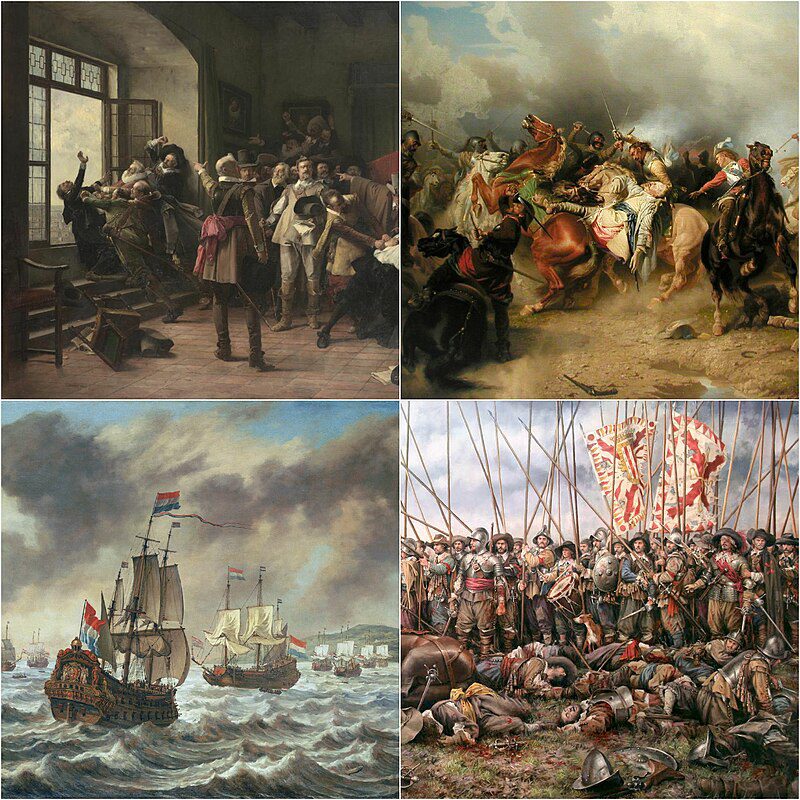Artillery has been a crucial component of warfare throughout history, evolving from simple projectile weapons to highly advanced and deadly systems. The development of artillery has had a significant impact on historic battles and wars, influencing the outcomes of conflicts such as the Battle of Agincourt and the American Civil War. In modern warfare, artillery continues to play a vital role, providing fire support, destroying enemy positions, and disrupting supply lines. Advances in technology have made artillery systems more accurate and versatile, allowing for precision strikes on specific targets. As technology continues to advance, artillery will remain a key component of military strategy in future conflicts.
The Development of Artillery in Warfare
Artillery has played a crucial role in warfare for centuries and has continued to evolve over time. In ancient times, the earliest forms of artillery were simple projectile weapons such as spears, bows, and arrows. As civilizations developed, more advanced artillery weapons were created, such as catapults and ballistae.
In the 14th century, gunpowder was invented and revolutionized warfare. Cannons were developed and became a powerful tool on the battlefield. The use of artillery in warfare became more widespread during the Renaissance period, with the development of more advanced cannons and artillery pieces.
The Impact of Artillery in Past Wars
Artillery played a significant role in shaping the outcome of many historic battles and wars. The Battle of Agincourt in 1415, for example, saw the effective use of cannons by the English army against the French forces, resulting in a decisive victory. Similarly, the Siege of Constantinople in 1453 saw the Ottoman Empire use cannons to breach the city walls, leading to the fall of the Byzantine Empire.
During the American Civil War, artillery was used extensively by both Union and Confederate forces. The Battle of Gettysburg in 1863 saw intense artillery bombardment by both sides, leading to heavy casualties and ultimately influencing the outcome of the battle.
The Role of Artillery in Modern Warfare
In modern warfare, artillery continues to play a crucial role on the battlefield. With advancements in technology, artillery systems have become more accurate, efficient, and deadly. Artillery guns can fire shells over long distances with pinpoint precision, making them a formidable force on the battlefield.
During World War I, artillery played a significant role in the trench warfare of the Western Front. Both sides used heavy artillery bombardment to weaken enemy defenses and support infantry attacks. The Battle of the Somme in 1916 saw the use of massive artillery barrages, resulting in heavy casualties on both sides.
The Impact of Artillery in Present-Day Warfare
In modern warfare, artillery continues to be a key component of military campaigns. Artillery systems are used for a variety of purposes, including providing fire support for ground troops, destroying enemy fortifications, and disrupting enemy supply lines. With advancements in technology, artillery systems have become more versatile and capable of engaging multiple targets simultaneously.
Artillery strikes have been used in recent conflicts such as the Iraq War and the War in Afghanistan. The use of precision-guided munitions has allowed artillery units to target specific enemy positions with accuracy, reducing collateral damage and minimizing civilian casualties.
Conclusion
Artillery has played a crucial role in warfare throughout history, shaping the outcome of battles and wars. From ancient times to modern conflicts, artillery has been a powerful force on the battlefield, providing fire support, destroying enemy positions, and influencing the course of military campaigns. As technology continues to advance, artillery systems will continue to play a vital role in modern warfare, ensuring their place as a key component of military strategy.
